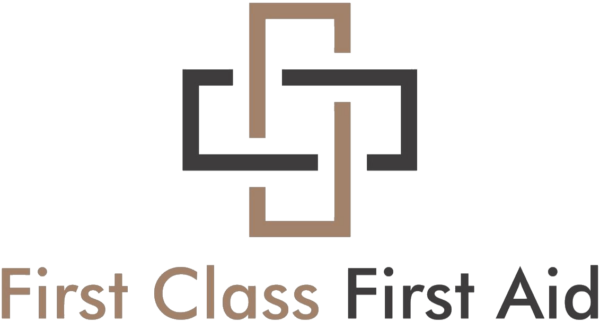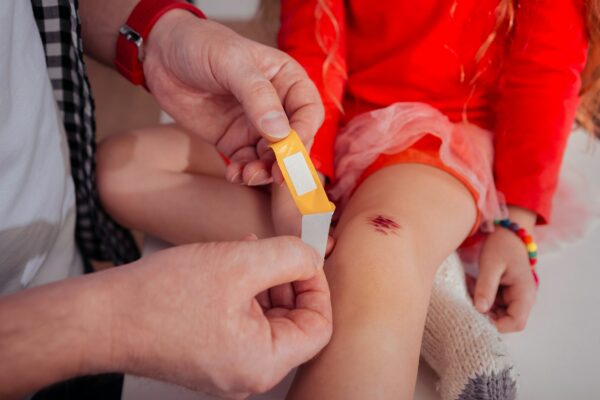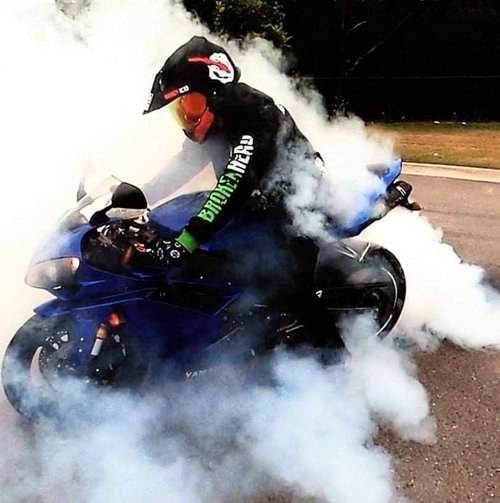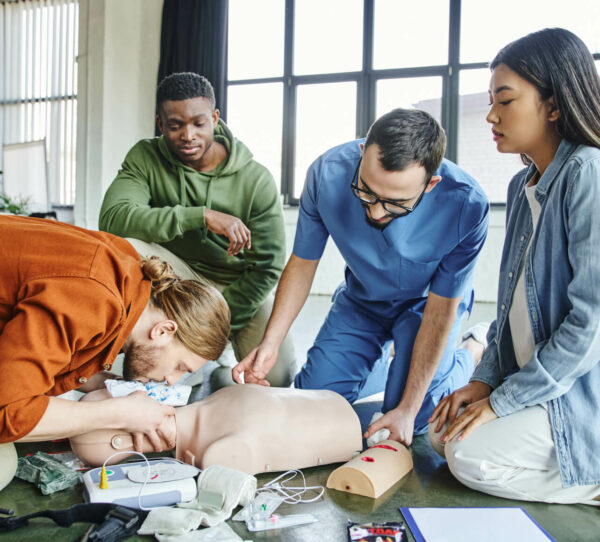This article is dedicated to clarifying what DRSABCD means and why they are in that order when we consider Basic Life Support. It also discusses the chain of survival, a simple, four-linked chain of events to follow to achieve a good patient outcome after cardiac arrest.
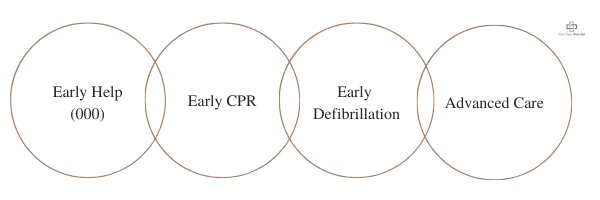
D –
Danger; check the area when you are approaching the casualty, you are assessing for dangers to yourself, bystanders, and lastly the casualty. You would also attempt to source PPE during this phase of the primary survey.
R –
Response: Check to see if the patient responds to verbal stimuli and then to touch. The term COWS is often taught: Can you hear me? Open your eyes. What’s your name? Squeeze my hands. In an infant or child, firmly squeezing their shoulders and loudly speaking to them is sufficient to gauge a response. You should move on to the next step if the patient is not responsive.
S –
Send for help. Call 000 or 112 for assistance. Early calling for an ambulance is the first link in the chain of survival; see the diagram below.
A –
Airway. Checking the airway is visually observing to see if any obstructions are present. If this step is skipped, an obstruction may travel further into the airway and create an issue lower in the respiratory tract. If the airway is not clear, rolling the patient into the recovery position and attempting to drain/remove the obstruction is recommended. In an infant patient, supporting a neutral spinal alignment and their whole body in recovery should be upheld in the rescuer’s arms and not on the floor.
B –
Breathing. Checking to see if the patient is breathing can be done when the patient is still in the recovery position. Whilst ANZCOR does not give guidance on how long to observe, literature suggests 10 seconds is acceptable(1). If the patient is not effectively breathing, roll them onto their back again
C –
Commence Cardiopulmonary Resuscitation (CPR). Commence 30 compressions followed by 2 breaths continuously at 100-120 beats per minute(2). If it is unhygienic to commence 2 rescue breaths in between compressions, then “compression-only” CPR is acceptable. This is the second link in the chain of survival.
D –
Defibrillation. Early Defibrillation is the third link in the chain of survival, and it is in the ANZCOR guidelines to attach an Automatic External Defibrillator (AED) if available as soon as possible in a person who is not breathing.
The final link in the chain of survival is post-resuscitation care (3). The links in the chain of survival are designed to highlight key steps to a patient enjoying a meaningful life post-cardiac arrest, which is the aim when conducting Basic Life Support. DRSABCD is a scaffolded approach to addressing life-threatening conditions in the order in which they are more detrimental to the casualty’s recovery.
- InformedHealth.org [Internet]. Cologne, Germany: Institute for Quality and Efficiency in Health Care (IQWiG); 2006-. Cardiopulmonary resuscitation (CPR): What you need to know. 2017 Nov 2. Available from: https://www.ncbi.nlm.nih.gov/books/NBK469741/
- The ARC Guidelines – Australian Resuscitation Council, Guideline 6. (2022). Retrieved 3 June 2022, from https://resus.org.au/the-arc-guidelines/
- Nickson, C. (2020). Chain of Survival. Retrieved 3 June 2022, from https://litfl.com/chain-of-survival/
